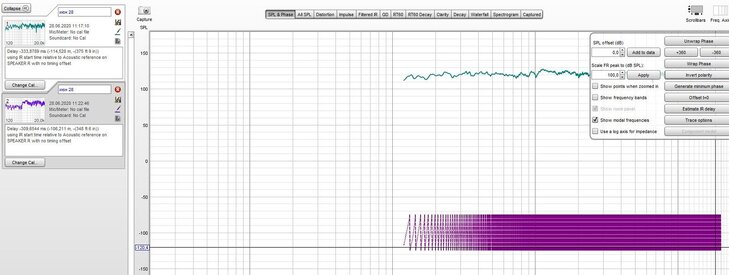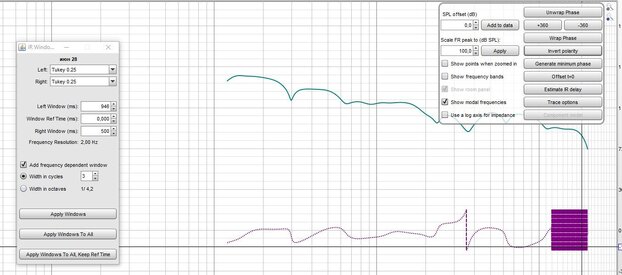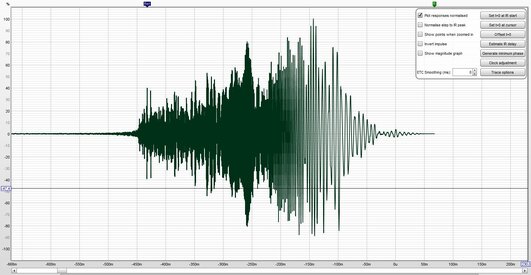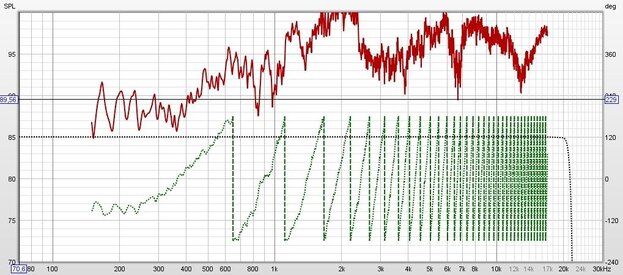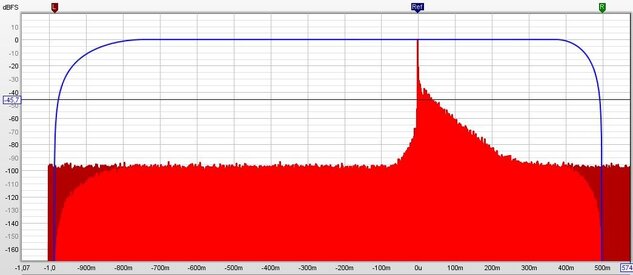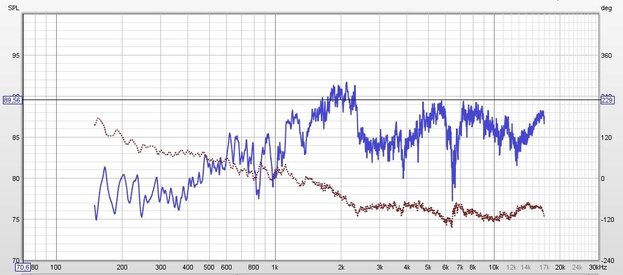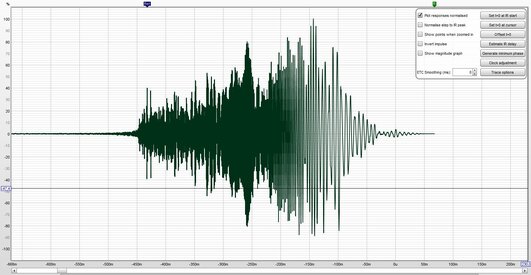Hello!
I could not understand what's wrong with my measurements. I'm measuring one speaker with acoustic reference from itself and getting phase shift of 1+ million deg. Calculated delay is somehow 300 ms (measured 10 cm from speaker).
Setting ref time to 0 ms and adding frequency dependent window makes phase graph look more realistic but I'm still not sure if it should be so.


I could not understand what's wrong with my measurements. I'm measuring one speaker with acoustic reference from itself and getting phase shift of 1+ million deg. Calculated delay is somehow 300 ms (measured 10 cm from speaker).
Setting ref time to 0 ms and adding frequency dependent window makes phase graph look more realistic but I'm still not sure if it should be so.
